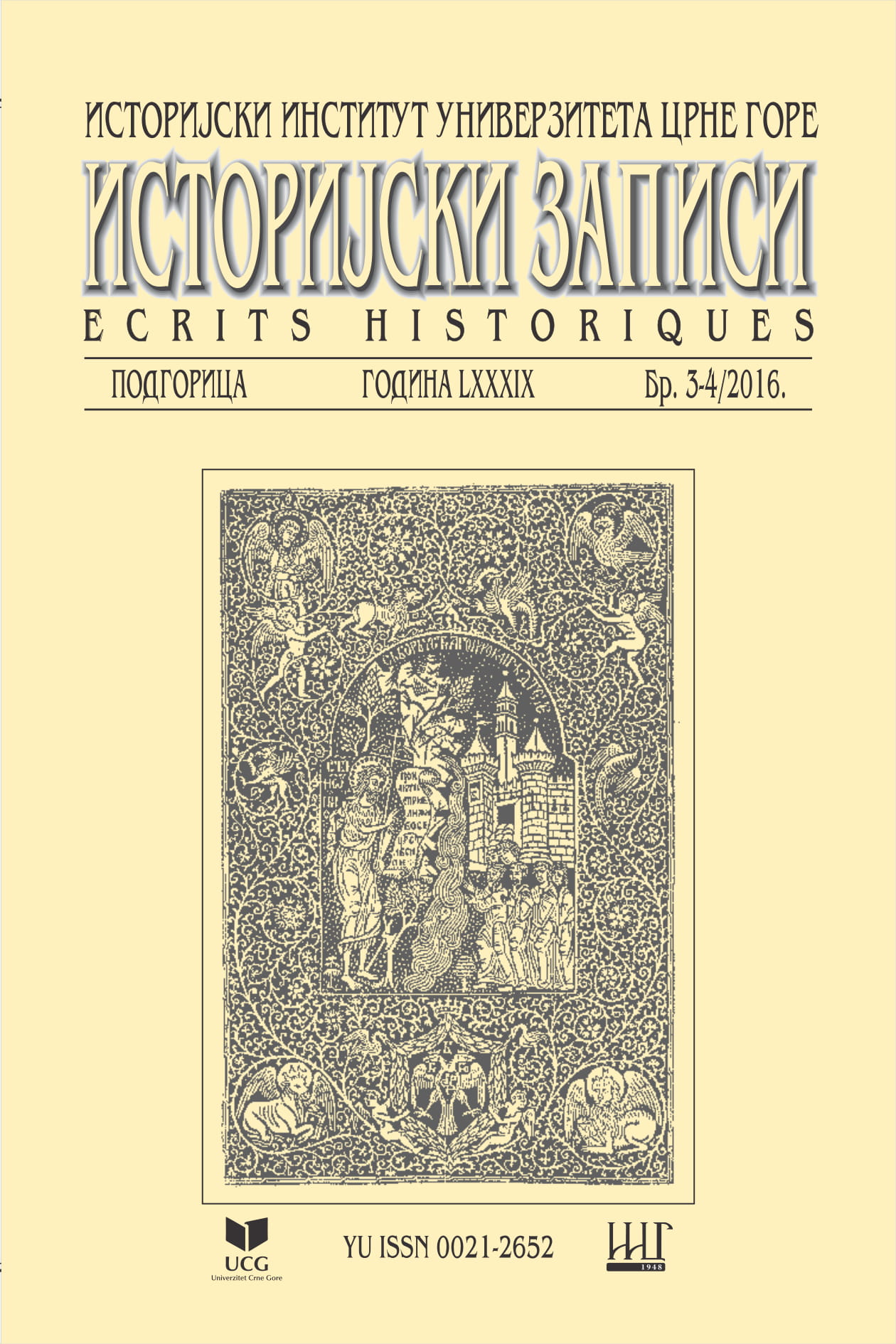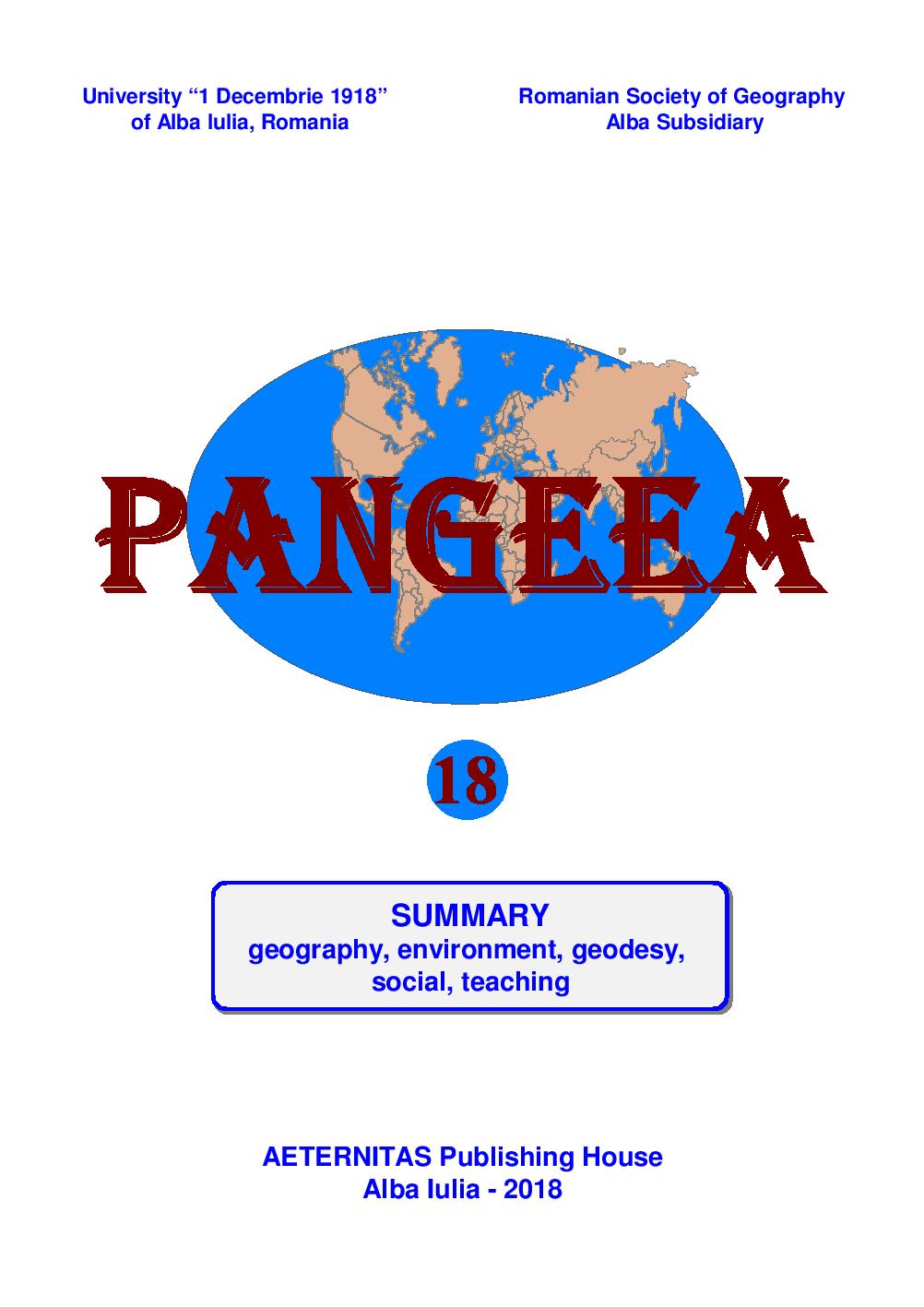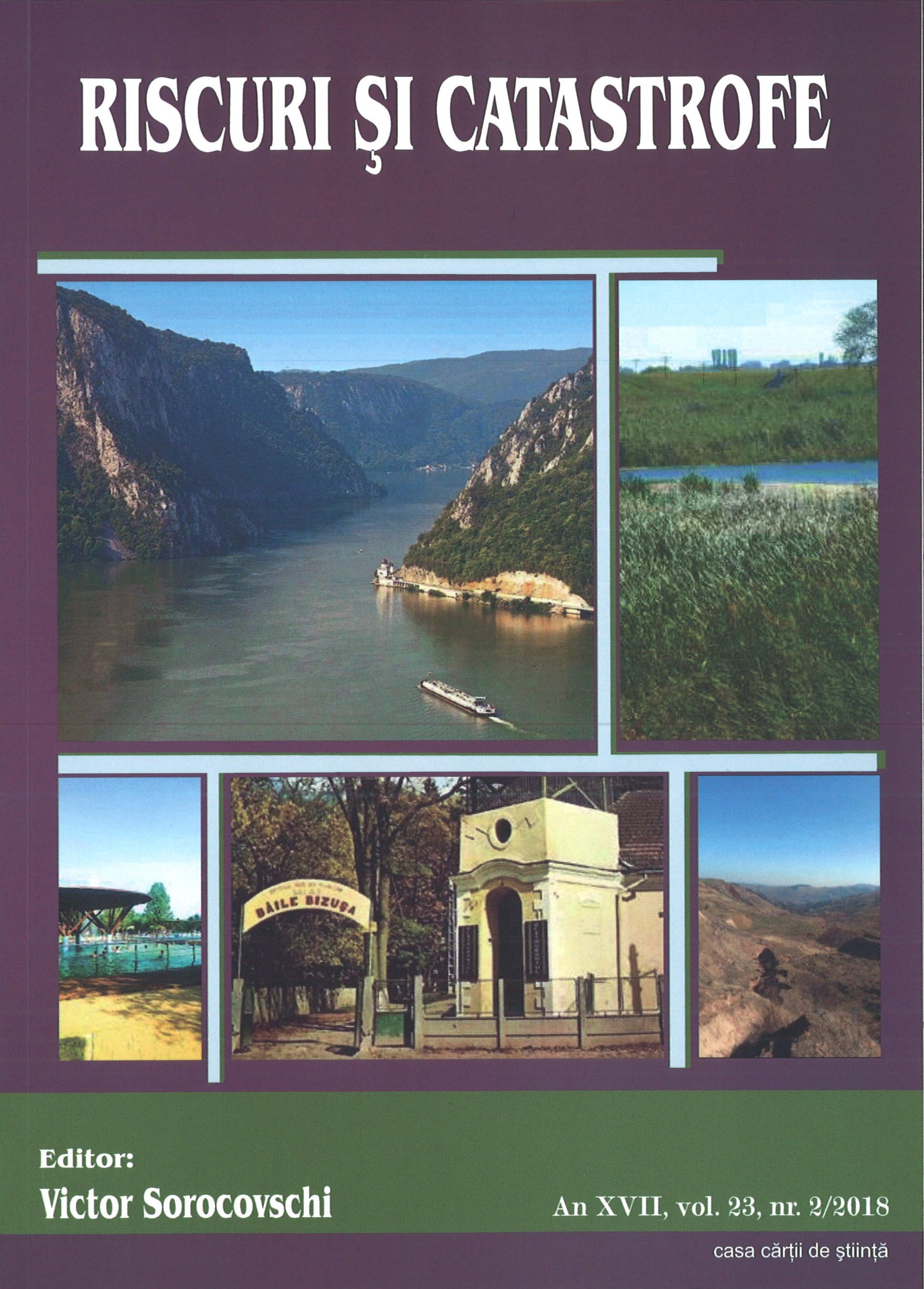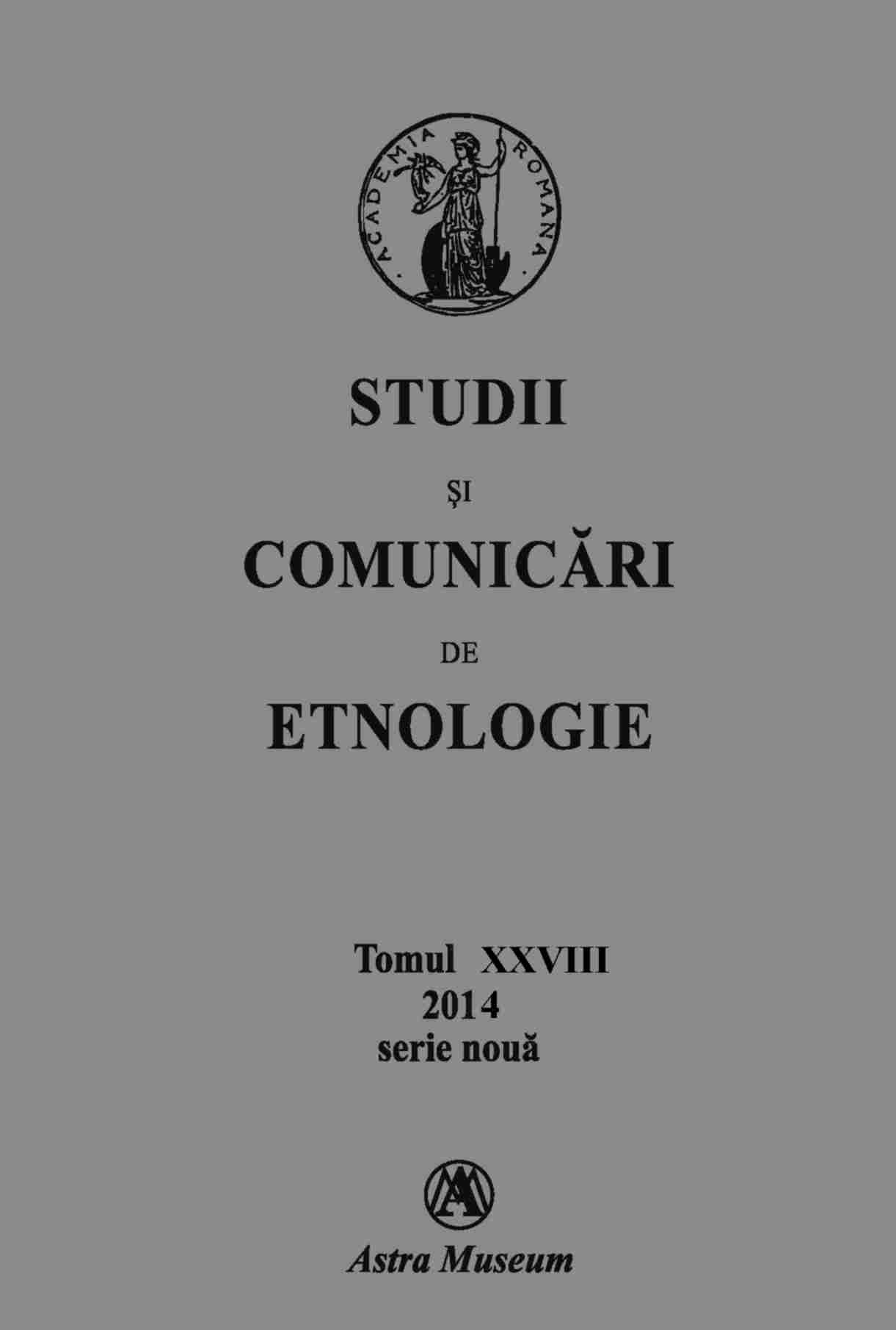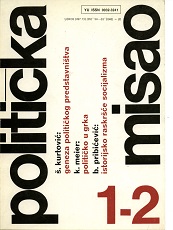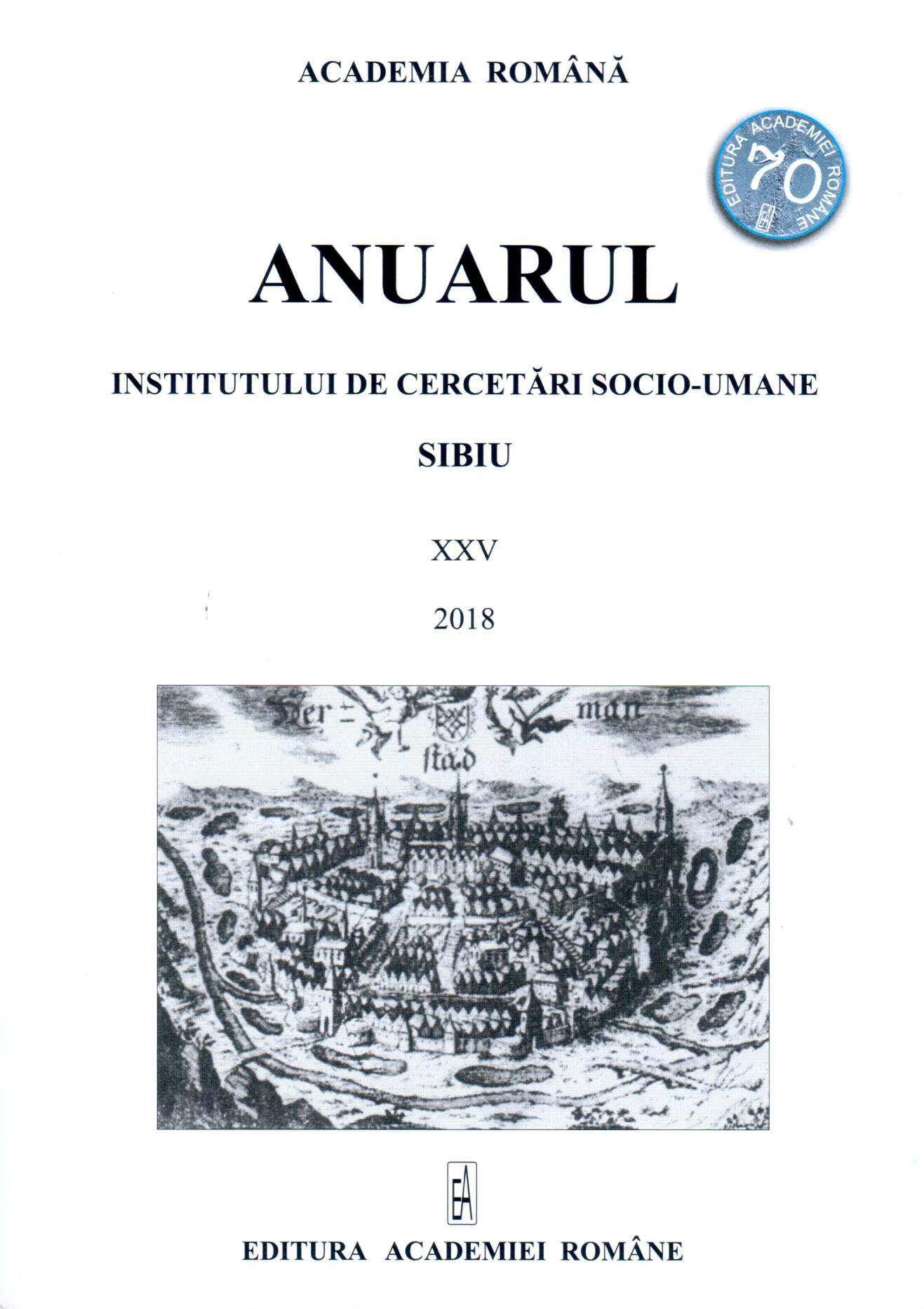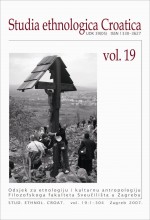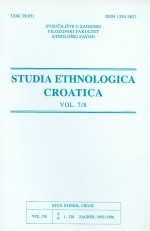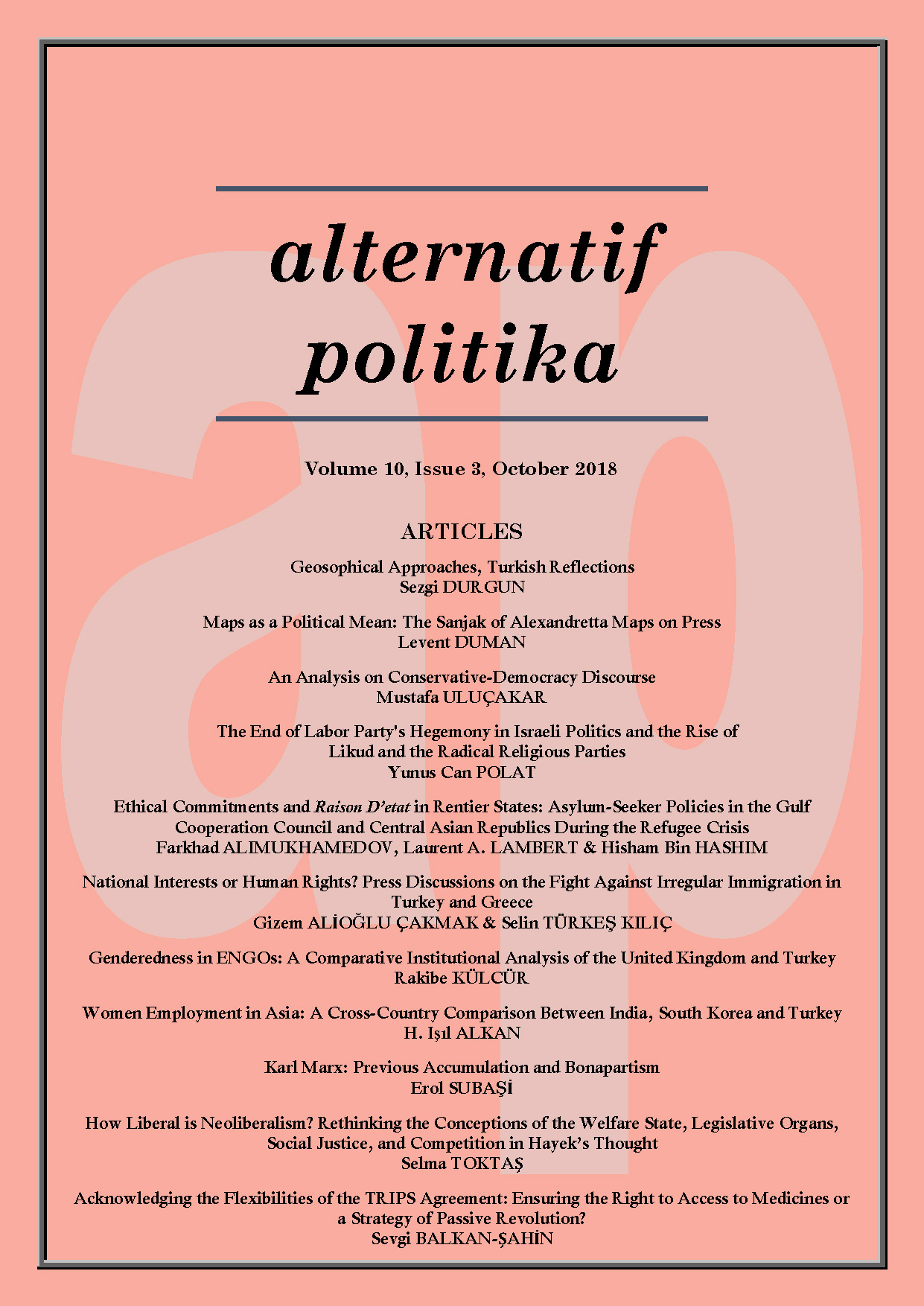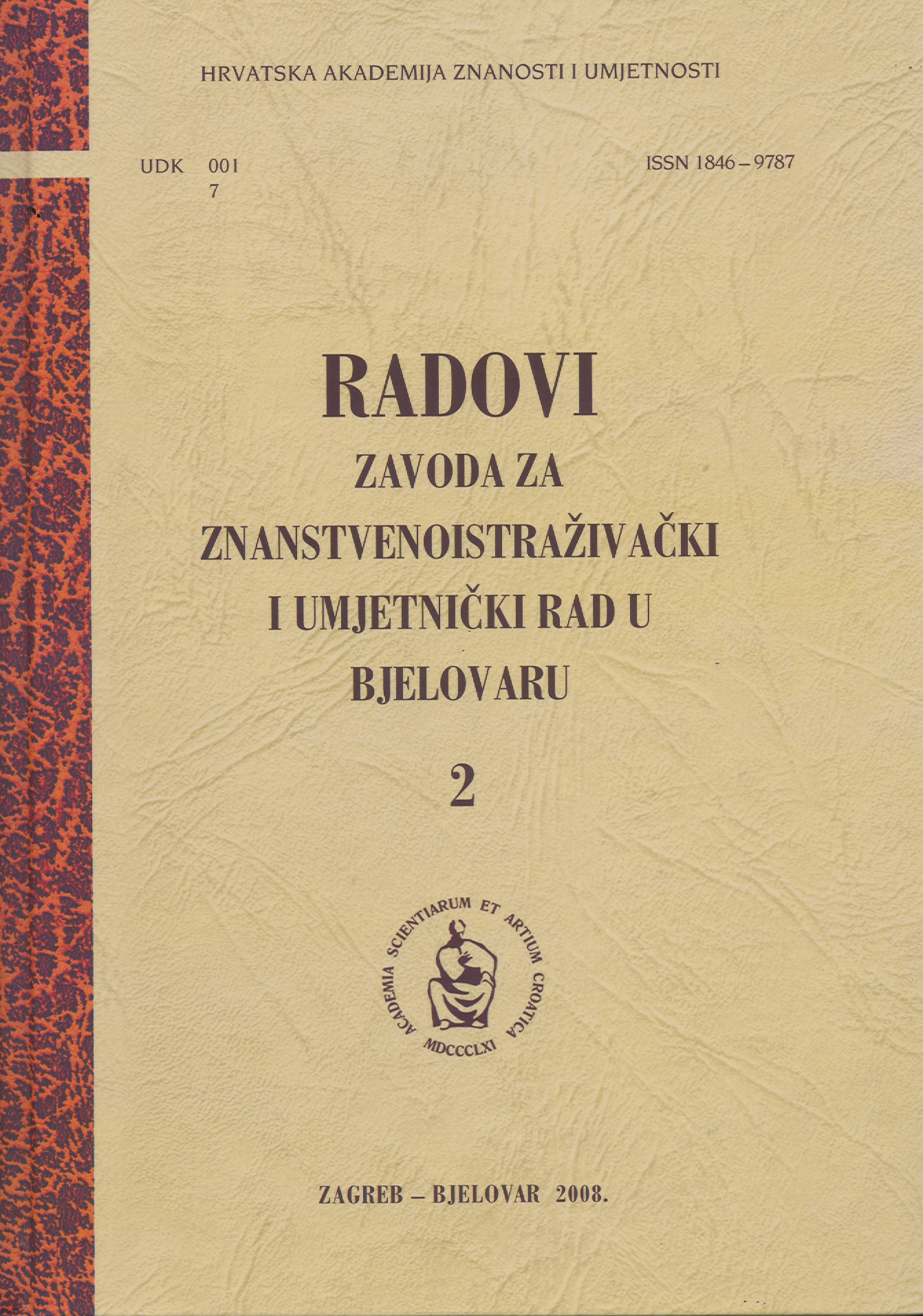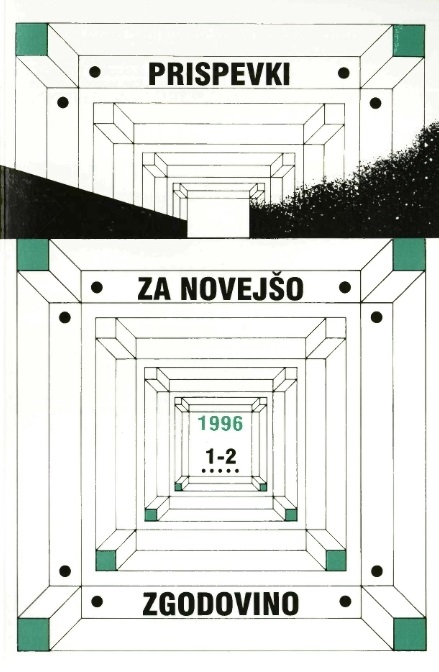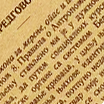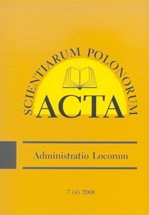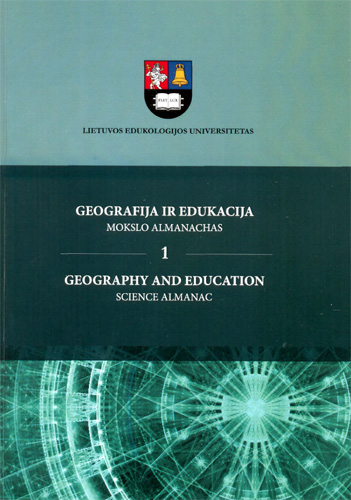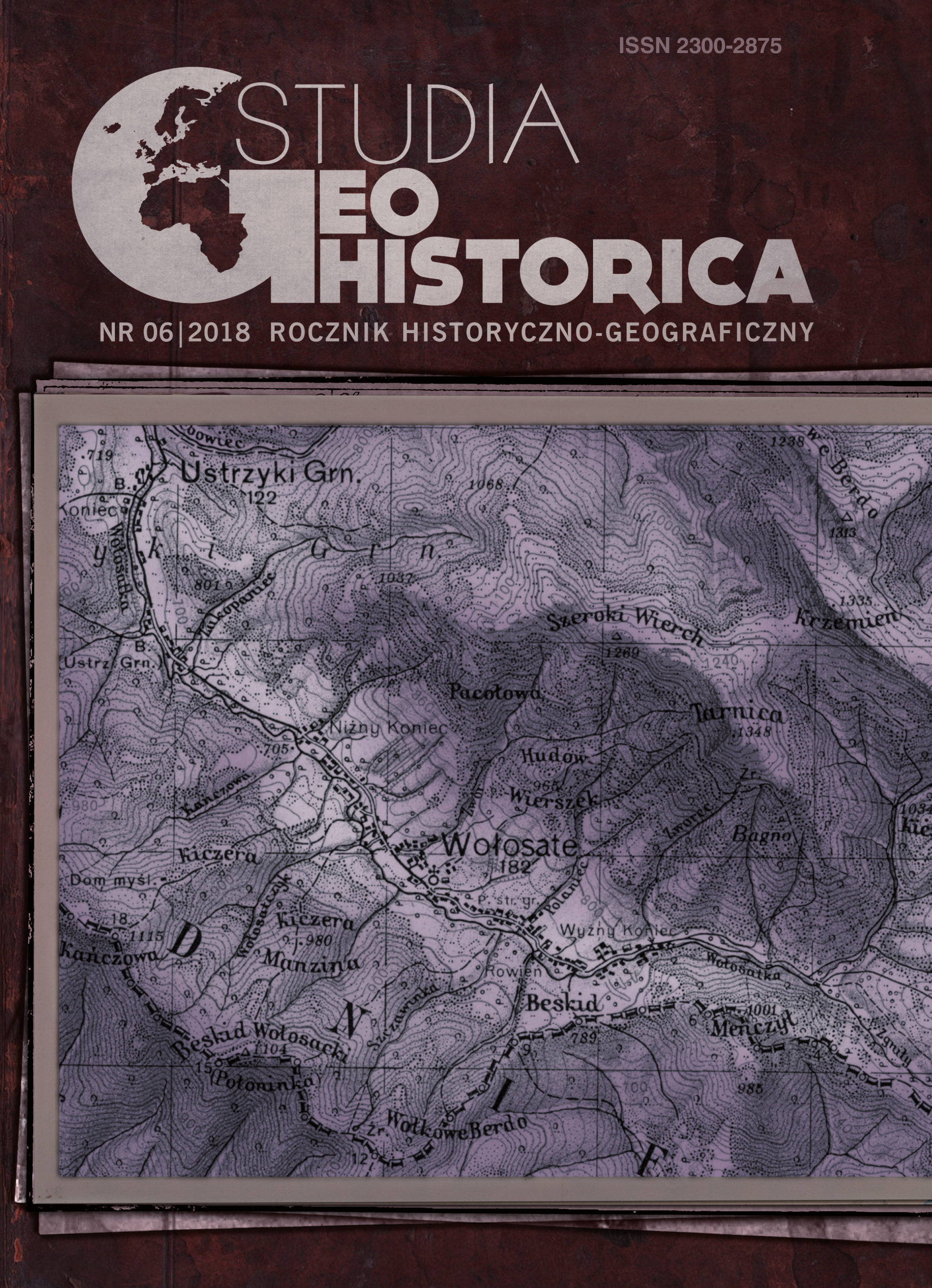
Historical Atlas of Polish Towns. Between Source Edition and the Cartographic Presentation of Research on the History of Towns
The article presents the organizational frameworks and methodological problems connected with undertaking the editorial project titled “Historical Atlas of Polish Towns”, which is a part of the international initiative “European Historical Town Atlas” under the auspices of International Commission for the History of Towns. The author underlines a diversified source foundations for the base maps’ edition, which, in case of “Historical Atlas of Polish Towns”, was a measurement map; for the towns located in the area of the former Austrian Partition the maps elaborated within the cadastre in 1819–1859 served as a basis of the edition. However, in the former Prussian Partition (Silesia and Pomerania), the cadastre maps elaborated on the grounds of the bill from 1961 proved to be more problematic – the defects of particular map sheets and their incomplete condition forced the editors to use the maps elaborated in different times and according to different measurements. In the article, a great scientific value of the maps’ reproductions is presented, an attempt to characterize the maps on the spatial development of the cities is undertaken, and urban history studies on particular topics are mentioned. In the conclusions, the determinants and scientific objectives resulting in the changes in the editorial principles and the content of the published European Atlases are addressed. The primary trends identified are the postulate to include in the atlases the cartographic sources and historical and iconographic materials from the 19th and 20th century, as well as the use of Geographic Information Systems in publishing the editorial achievement in the form of geoportals or other electronic resources.
More...
